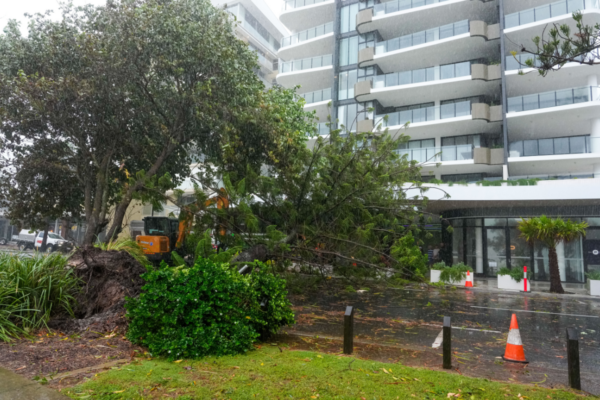Ex-Tropical Cyclone Alfred study reveals safety risks in Brisbane high-rise building techniques
Following the aftermath of ex-Tropical Cyclone Alfred, James Cook University partnered with Natural Hazards Research Australia to investigate the extent of destruction.
The report revealed a popular building technique used on fairly modern high rises in Brisbane and across the South-East had the potential to turn balcony pavers into deadly missiles.
Chief Engineer of the James Cook University Cyclone Testing Station, David Henderson, told Sofie Formica on 4BC Afternoons, “We did dodge a bullet with the wind speeds just being that 100km an hour.”
“But what it was showing is that those wind speeds, which is about 50% of the design, wind speed for that area, things were just starting to potentially go wrong.”
“So it’s something we really need to pay attention to, look at revisiting how the building standards say that you can design and affix them in and then look to basically putting some fixings to hold them in place,” Mr Henderson continued.
Hear more highlights from Sofie Formica below and download the 4BC App on iOS or Android to ensure you don’t miss a thing!
Image: Asanka Ratnayake/Getty Images
Download this podcast here















